9 Types Of Speakers You Need To Know About
An electroacoustic transducer or a speaker is a system that transforms an electrical audio signal into sound. Before the signal is transmitted to the speaker, the sound must be enhanced with an amplifier.
The modern dynamic loudspeaker, which uses a magnetic field to drive a coil or magnet attached to a diaphragm, was first developed in the 1920s. The earliest form of amplification device was horns. From 1880 to the 1920s, Thomas Edison, Magnavox, and Victrola produced advanced and high-performing horns. The problem with horns is that they can’t amp up the pitch.
Nowadays, technology is advancing at a high pace. For instance, take an example of a hidden camera (spycam) with the speakers embedded in it. It is a camera that is used to secretly film people, usually without their consent.
The majority of commercially available speakers are passive in which an external amplifier is used. All home speakers are available in various designs, aesthetics, price ranges, and most are passive speakers. Modern loudspeakers, ceiling speakers, soundbars, and woofers are all types of speakers found in today’s homes. Each type of speaker has a distinct feature and is ideal for a variety of purposes.
The followings are the speakers for you.
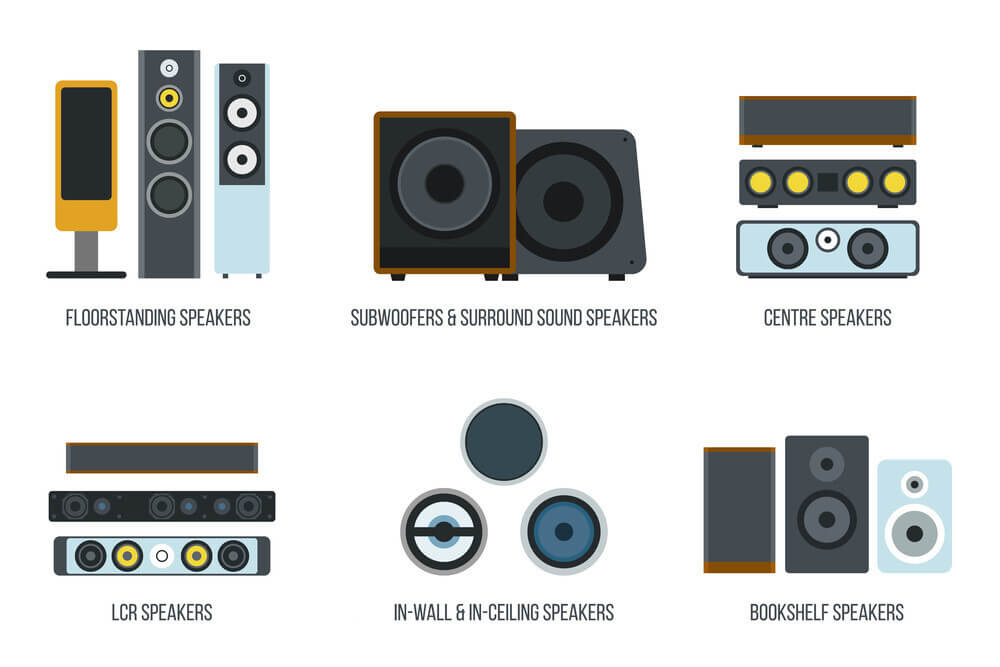
1. Portable Bluetooth speakers

Bluetooth technology is integrated into the majority of modern devices and offers an alternative to speaker connections.
Do you want a portable music device that you can carry with you everywhere you go? Bluetooth speakers have rechargeable batteries built-in. Cellphones, laptops, or desktops will play music through Bluetooth speakers. There are small ones that you can stick to your bag. Bluetooth speakers are a convenient way to listen to music on the go.
2. Wireless Speakers

Wireless speakers receive their signals through radio frequency rather than the cables used by electrically driven speakers. These occupy little space as they are wireless. They are simple and easy to handle.
However, they have larger drivers and more efficient amplification than most portable Bluetooth speakers. Wireless speakers are most often used with Wi-Fi or Bluetooth, in addition to infrared signals. App control for swapping sources, selecting tracks, and changing volumes are available. Wireless home speakers allow you to listen to music from all over the world.
3. Built-in Speakers
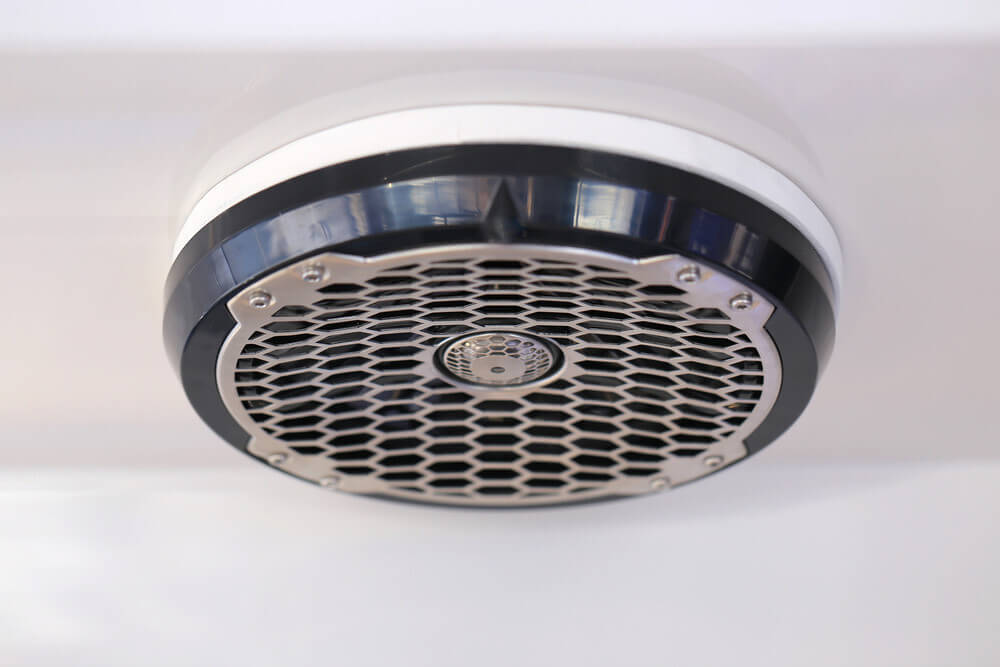
Built-in speakers are used in stereo sets, televisions, laptops, and other electronic devices. Some can produce adequate sound, but not exceptional sound. These machines have speaker systems attached to them. External speakers are better than built-in speakers as they offer the excellent listening experience that advanced speaker devices provide.
4. Subwoofer
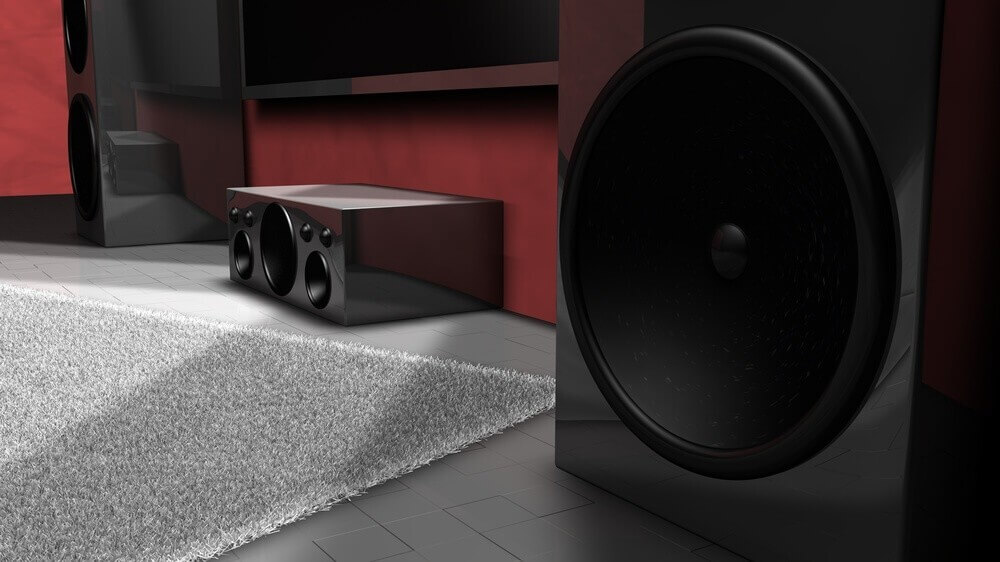
It’s a low-frequency speaker or horn of approximately 80 hertz. This system aims to reproduce frequency spectrum without the distortion that other types can’t, and on the other hand, sounds are captured in audio tracks known as.1, which corresponds to multi-channel versions. Subwoofers are designed to replicate very low bass frequencies in audio, such as roars, thunder, and growls in movies and bass guitar sounds in music.
Related: 7 Best Subwoofers For Cars (Buying Guide & Reviews)
5. Woofer
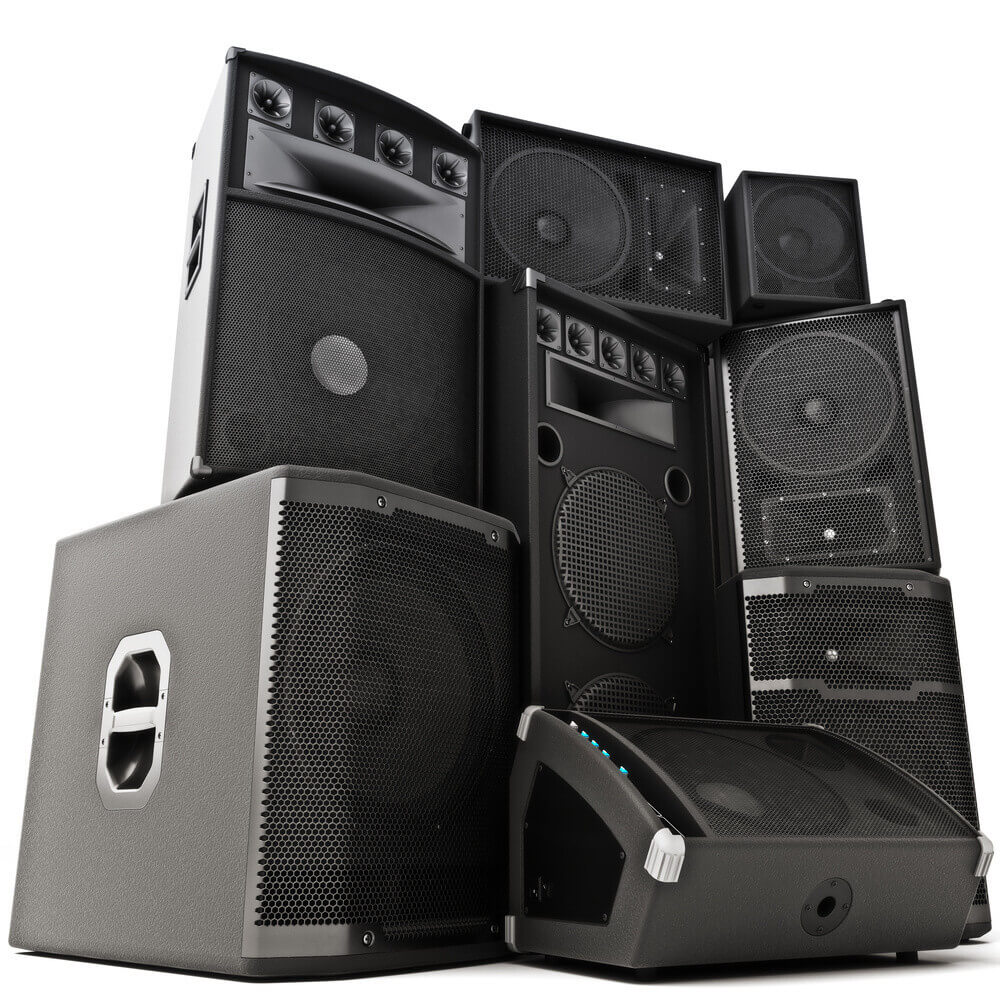
These can reproduce low and medium frequencies that are approximately 80-1000 Hz. They’re mostly used in “home cinema,” where the concept is that audio can be heard in a wide range of dynamics.
These are mainly served as the loudspeaker while installation at our homes. Woofers and subwoofers reproduce the low-frequency spectrum. It is derived from a dog’s barking or a ‘woof,’ which uses lower-frequency waves than birds’ tweeting, which uses higher frequency waves.
6. Midrange – squawker
Squawker speaker is designed to replicate mid-range sounds. A mid-range loudspeaker will generally cover frequencies between 200 and 300 Hz and 5 to 7 kHz approximately. A midrange speaker’s primary role is to distribute sound, including dialogue and music. As a result, it is the most basic type of speaker with the broadest frequency coverage.
7. High-frequency loudspeaker – tweeter
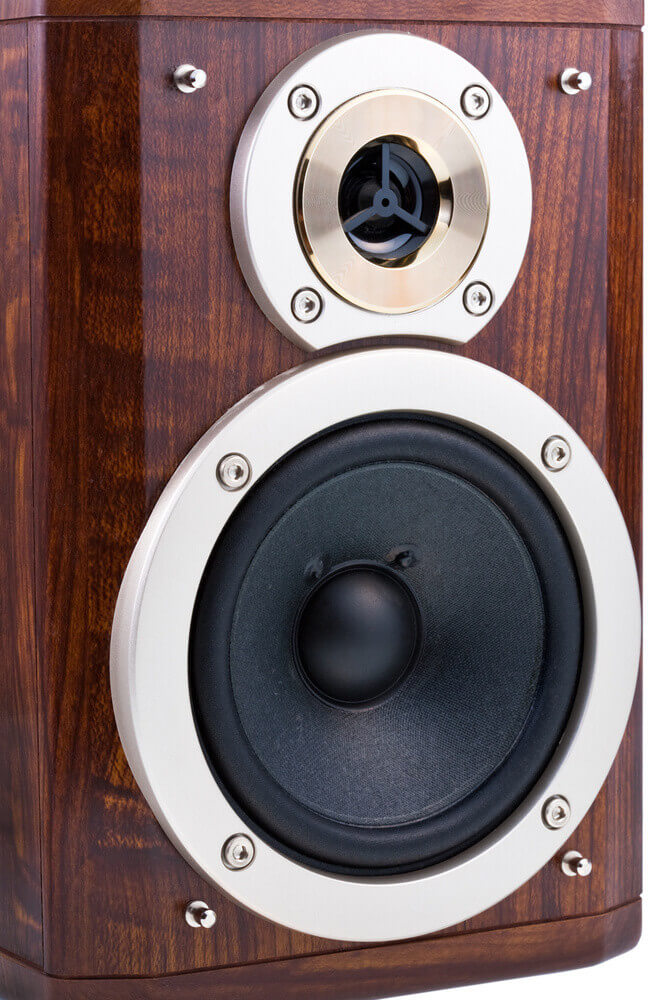
Tweeters are designed to handle high-frequency sounds or shrill, high-pitched notes with great performance. Since it reproduces high frequencies, sometimes above 2 to 5 kHz, the high-frequency loudspeaker is a tweeter since various loudspeakers have different frequency ranges and are built differently.
8. Soundbars
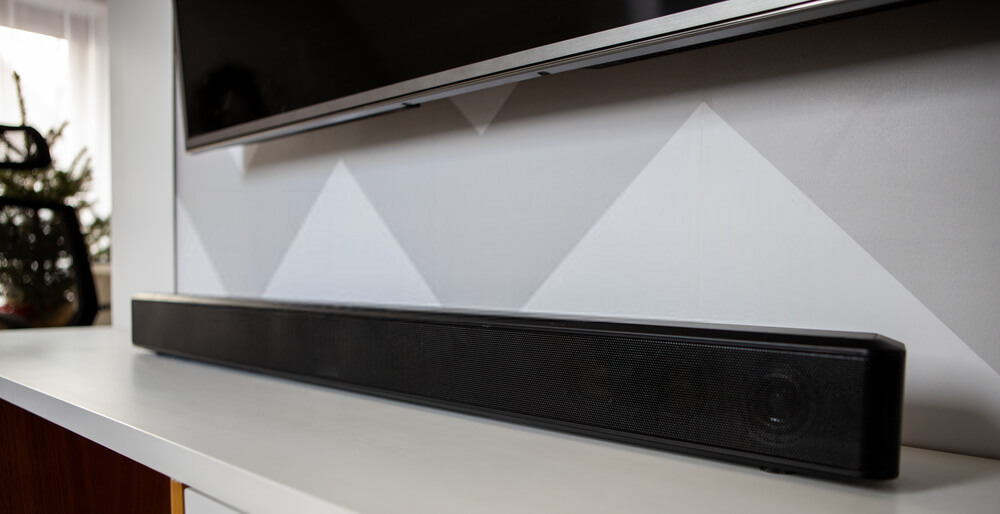
A soundbar might be a good choice for you if you want more dynamic sound without having to position speakers around your room or insert them into your walls.
LCD, LED, and plasma TV enhances by the unique layouts of soundbars, and they typically are of great quality than the set’s built-in speakers. Since a soundbar includes multiple speakers in one housing placed to echo sound around your room, they can also mimic the experience provided by 5.1 and 7.1 sound systems.
9. An electrostatic loudspeaker (ESL)
It is a loudspeaker that generates sound by applying force to a membrane suspended in an electrostatic field.
Flat-panel loudspeakers, also known as diaphragm speakers, are electrostatic speakers. Over two conductive, stationary panels, they have one driver and a thin membrane. Electrostatic speakers are typically powered from the outside and connected through an electrical socket. Since the thin membrane moves very little, it receives current from an amplifier, which creates sound.



